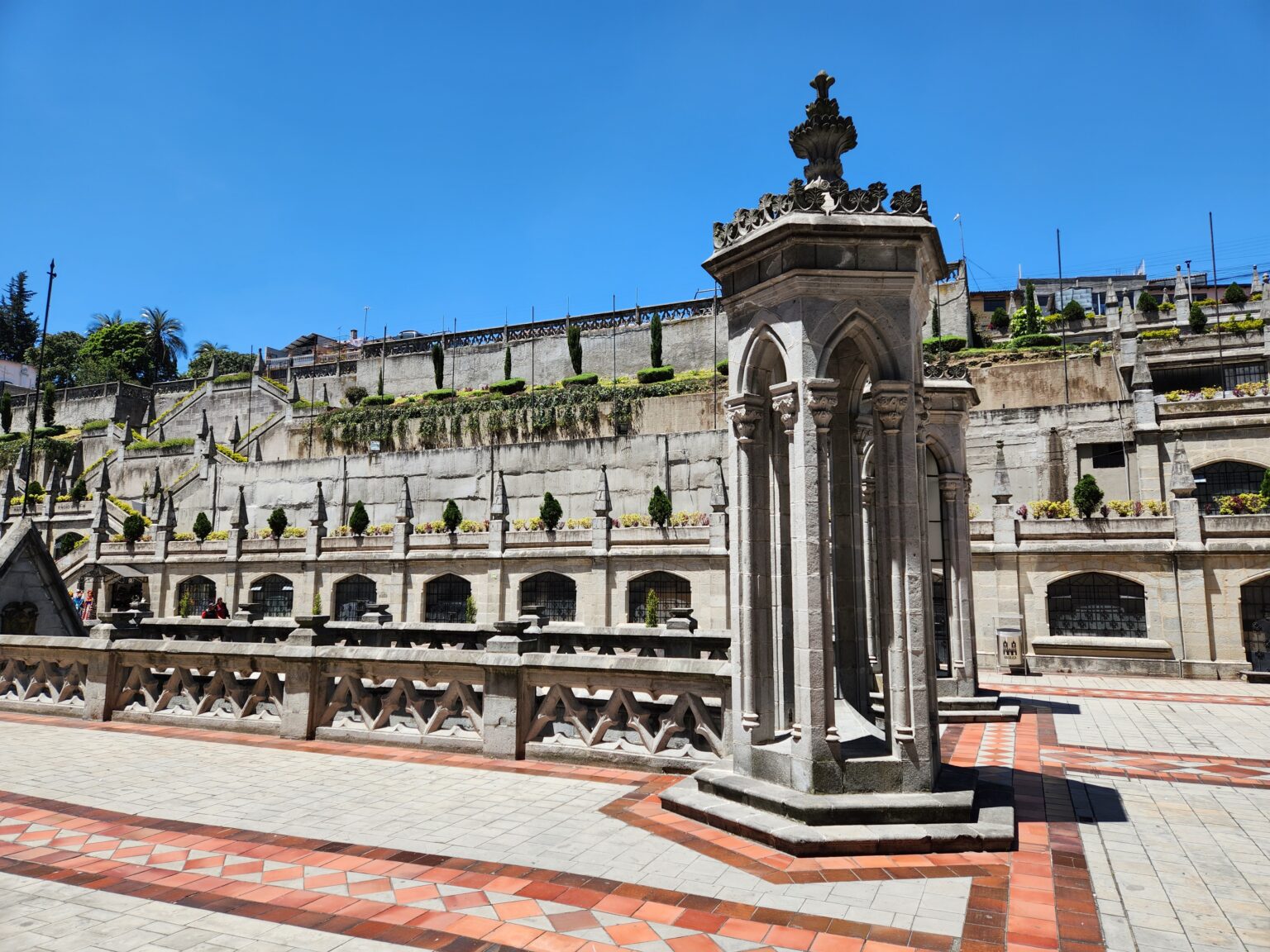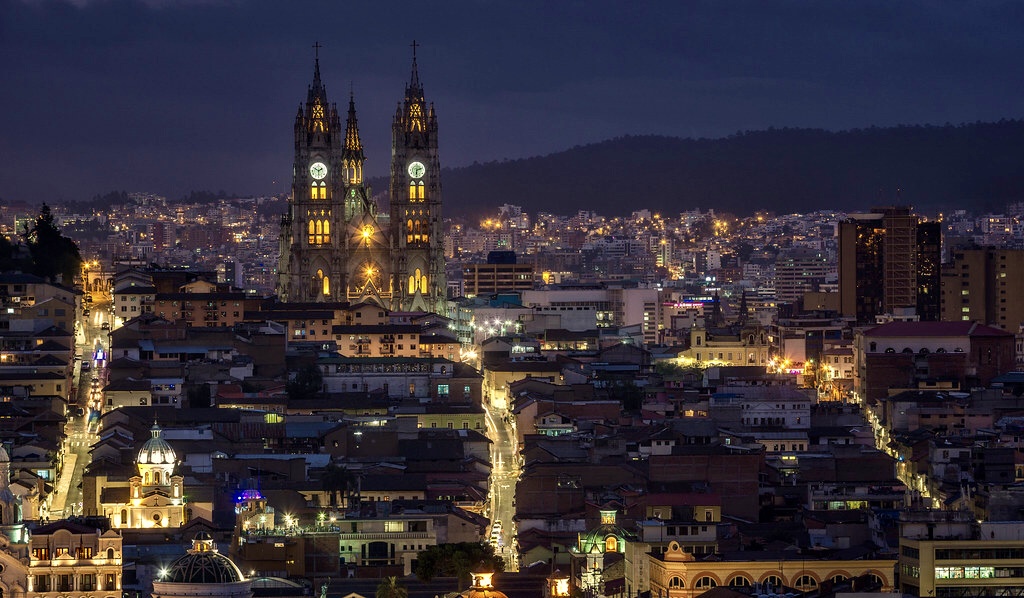Español
Las iglesias modernas de Quito se distinguen por combinar tradición religiosa con propuestas arquitectónicas contemporáneas. A diferencia de los templos coloniales, estas construcciones buscan líneas más simples, espacios amplios y el uso de materiales como hormigón, vidrio y acero, que reflejan un estilo sobrio y funcional.
Algunas se levantaron durante el siglo XX en barrios en expansión, respondiendo al crecimiento de la ciudad y a la necesidad de nuevas parroquias. En ellas es común encontrar vitrales de diseño moderno, muros limpios y campanarios estilizados que contrastan con la ornamentación barroca del centro histórico.
Estas iglesias no solo cumplen un rol espiritual, sino que también funcionan como centros comunitarios, albergando actividades culturales, educativas y de servicio social. Ejemplos de este tipo de arquitectura se observan en sectores como La Carolina, El Batán o el norte de la ciudad, donde la modernidad de Quito se une a su identidad religiosa.


English
Quito’s modern churches are distinguished by their combination of religious tradition and contemporary architectural design. Unlike colonial temples, these buildings feature simpler lines, spacious spaces, and the use of materials such as concrete, glass, and steel, reflecting a sober and functional style.
Some were built during the 20th century in expanding neighborhoods, responding to the city’s growth and the need for new parishes. They commonly feature modern stained-glass windows, clean walls, and stylized bell towers that contrast with the baroque ornamentation of the historic center.
These churches not only serve a spiritual role but also function as community centers, hosting cultural, educational, and social service activities. Examples of this type of architecture can be found in areas such as La Carolina, El Batán, and the northern part of the city, where Quito’s modernity blends with its religious identity.